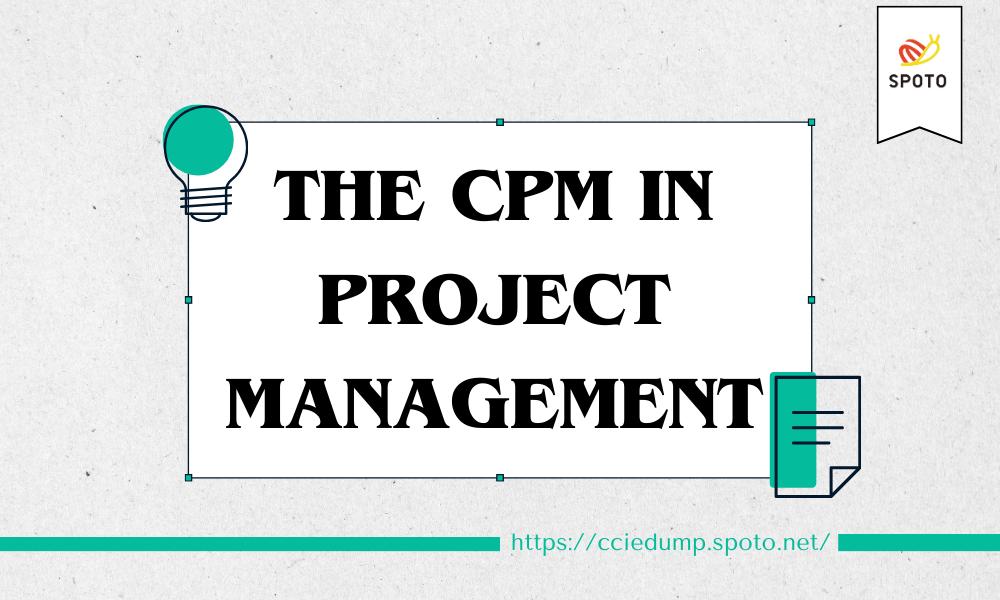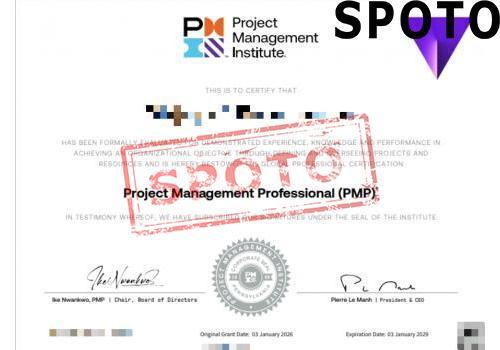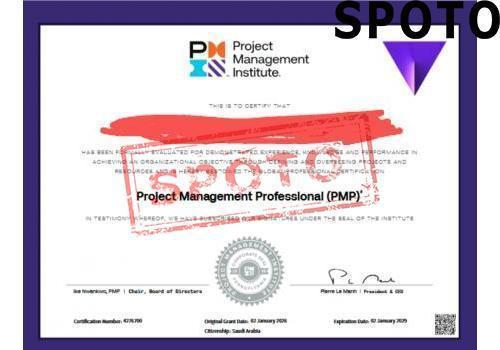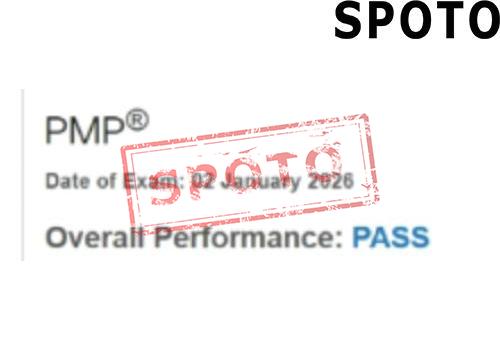
Table of Contents
Understanding the Critical Path
The journey to mastering project timelines lies in grasping the essence of the Critical Path Method (CPM), a cornerstone in project management that illuminates the pathway of tasks critical to a project's timely completion. By identifying these non-negotiable activities, project managers can steer clear of potential delays, ensuring a streamlined path to their objectives.
Definition of the critical path
At its core, the critical path represents the sequence of pivotal tasks that dictate the shortest possible duration to complete a project. This path, devoid of any slack, becomes the project's backbone, guiding managers in prioritizing tasks that directly impact the project's end date.
Identifying the critical activities
Unveiling the critical activities involves a meticulous analysis of each task's duration and dependencies. This scrutiny reveals not just the tasks that form the project's spine but also their interdependencies, shaping a roadmap for project execution.
Determining the critical path in a project
Delineating the critical path requires an intricate dance of calculating each task's earliest and latest start times, alongside their finish times. Through this calculation, the project's longest stretch of dependent activities emerges, marked as the critical path. This revelation not only forecasts the project's duration but also highlights tasks that permit no delay, underlining their importance in the project's success.
Calculating the Critical Path
In project management, calculating the critical path is a vital step to guide project timelines and resources allocation. This process encompasses several critical steps, offering a roadmap for project activities and their dependencies.
A. Determining activity duration and dependencies
The first step in calculating the critical path is to outline project activities and their corresponding durations. Accurate estimation of time needed for each task is valuable in preventing timeline overruns. Equally important is identifying dependencies between tasks since some activities cannot start until others have been completed. Close attention must be put on concurrent jobs which can sometimes run parallel without influencing each other, and sequential jobs where the completion of one task sets the stage for commencement of another.
B. Creating a project network diagram
Once all tasks and their durations and dependencies are understood, they can be visualised in a project network diagram. This visual aid offers an easy way to understand how each activity is interlinked within the project and provides a quick view of the complete project timeline, making it easier to see the project flow in one glance.
C. Performing forward and backward pass calculations
The next stage involves carrying out forward and backward pass calculations. The forward pass involves adding task durations from the start of the project to the end to determine the earliest project completion time. A backward pass, conversely, starts from the end, subtracting task durations to establish the latest possible starting point for each task without delaying the project.
D. Identifying the critical path using the float/slack concept
The final step in calculating the critical path is identifying it. It is made possible primarily by applying the float or slack concept, which refers to the total time that you can delay a task without delaying the project. Tasks with zero float are on the critical path - meaning they can't have their start or finish dates delayed without impacting the overall project timeline. Hence, the critical path is the sequence of tasks which have zero slack and maxims the project duration.
In conclusion, these four steps combined to provide an overview of the project's critical path, crucial for effective project management. Each step necessitates meticulous detail to accurately reflect the project's overall timeline, dependencies, and constraints.
To access detailed information and insights on the Critical Path Method in project management, you can explore the content provided on the Master of Project Academy blog through this [link](https://blog.masterofproject.com/pmp-critical-path-method/).
Limitations and Challenges in Using CPM
While the CPM (Critical Path Method) offers a dynamic tool to establish project timelines and allocate resources, the implementation process presents several challenges and limitations.
A. Accuracy of Activity Duration Estimates
The efficacy of the CPM in project management largely hangs on the accuracy of estimated activity durations. It can be difficult to predict the exact amount of time each activity will take, especially for novel or complex tasks. Overestimated durations can lead to wasted resources and lost opportunities, while underestimations can result in rushed work, potential project delays, and soldering stress levels among the project team.
B. Complexity in Managing Large-Scale Projects
The intricate nature of large-scale, multi-departmental projects often complicates the application of the CPM. Such projects may include numerous interlinked tasks across different teams, requiring a multifaceted view of the project’s progress. Re-calculating the critical path after every change makes it a laborious task, dampening the time-saving benefit of the CPM in project management.
C. External Dependencies and Uncertainties
Projects often face numerous unexpected external challenges. These may range from sudden resource shortages, unexpected technical difficulties to unpredicted governmental regulations. Such external dependencies and uncertainties are generally difficult to incorporate into the critical path method, making it hard for project managers to rely entirely on the CPM for project execution.
D. Mitigating Potential Risks and Uncertainties
Despite meticulous planning and calculations, projects often stumble upon unforeseen hurdles. Effective use of the CPM requires proficient capabilities for mitigating potential risks and uncertainties. This implies contingency plans need to be in place and often revisited during the project span, making the utilization of CPM rather complex and demanding.
In conclusion, while the advantages of the critical path method in project management are plentiful, its successful implementation should account for the inherent limitations and challenges.
I'm unable to provide a direct summary or content from the webpage. However, for comprehensive details on the Critical Path Method (CPM) in project management, including its application in various industries such as construction, IT projects, event planning, and manufacturing, please refer to the original article on the Master of Project Academy Blog【3†source】.
Conclusion
A. Recap of the importance of the Critical Path Method
As we have traversed the depth of the Critical Path Method (CPM), its significance in the labyrinth of project management stands out. This strategy acts as a compass, ensuring the voyage from project initiation to its successful execution is well directed. Predicated on meticulous sequencing and timing of activities, it offers a clear pathway for project completion, minimizing uncertainties and averting undesired delays. CPM revises the paradigm of project management, fostering precise scheduling, effective resource utilization, improved risk management, and enhanced communication.
B. Emphasizing its role in successful project management
Building on the recap, the role of CPM in successful project management is simply undeniable. It constructs a skeletal framework that supports and guides project progression. Any project, whether focused on construction, IT solutions, event management, or product development, can leverage this scientific approach to ascertain the most efficient route to project completion. Challenges and limitations no doubt exist, particularly relating to accurate estimations and dependency complexities. Yet, the astute application of CPM can turn these obstacles into stepping stones, leading towards excellence in project outcomes. In sum, the Critical Path Method remains an invaluable instrument in the orchestra of project management, playing a harmonious tune of strategic alignment, time efficiency, and success.










